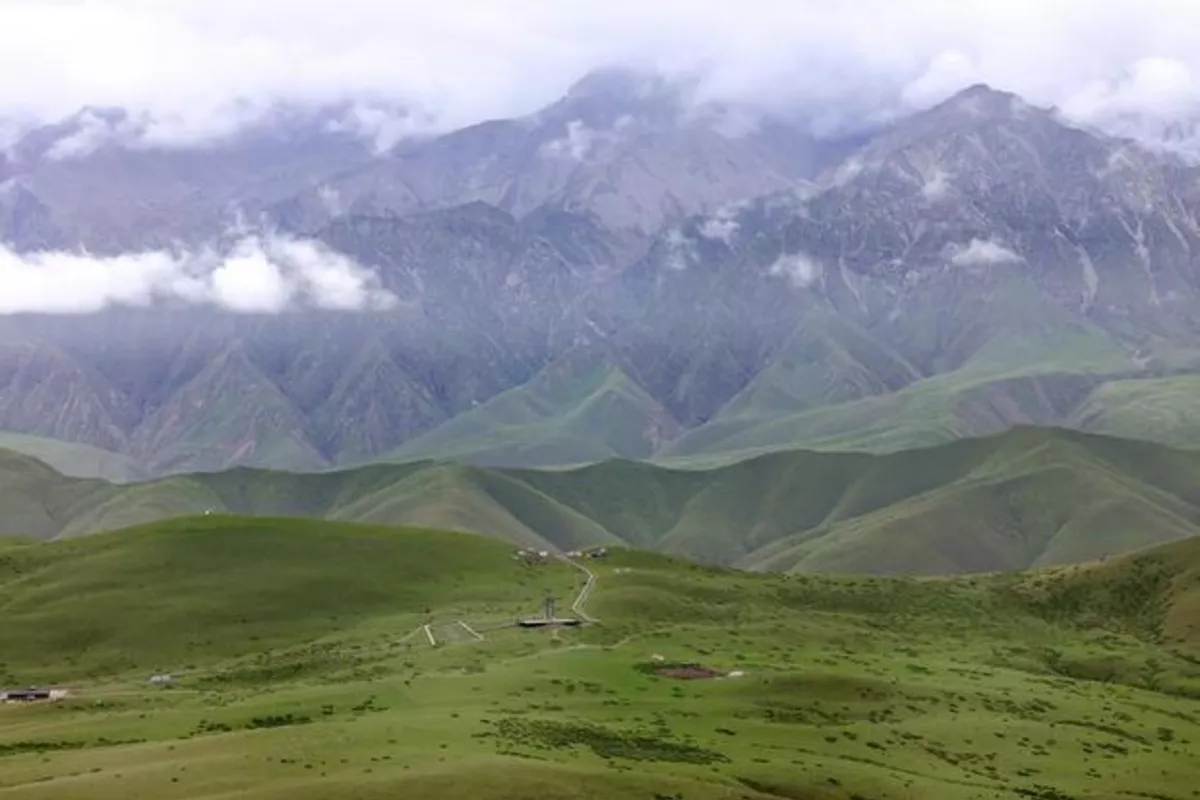
A Chinese research institute is spearheading a major international effort to build a multilingual plant diversity database focused on Central Asia’s arid zones, aiming to close critical gaps in biodiversity data sharing and support conservation efforts across this ecologically vital region.
The initiative, led by the Xinjiang Institute of Ecology and Geography (XIEG) under the Chinese Academy of Sciences (CAS), is being developed in collaboration with leading scientific institutions from Central Asia and West Asia, The Caspian Post reports via Chinese media.
The database will support Chinese, English, and Russian, providing an open-access platform for plant diversity data. According to XIEG researcher Li Wenjun, it will facilitate cross-disciplinary research, data visualization, and improved understanding of biodiversity patterns in dryland ecosystems.
Li unveiled the project during the 3rd International Conference on Biodiversity Conservation and Sustainable Use in Arid Lands, held Thursday and Friday in Kashgar, Xinjiang. The conference brought together global experts to exchange strategies for biodiversity preservation and sustainable development in arid regions.
During the event, XIEG reached a major agreement with Kazakhstan’s Institute of Botany and Phytointroduction (part of the Ministry of Ecology and Natural Resources) to jointly digitize 300,000 plant specimens from Kazakhstan’s collection.
“Our collaborative network is also expanding into the Southern Caucasus, with new partnerships established with research institutions in Armenia, Georgia, and Azerbaijan,” Li added. These new partnerships will focus on joint biodiversity data mining and sharing across the region.
Among the project’s early milestones is the publication of the Checklist of Vascular Plants in Central Asia, a comprehensive reference documenting 9,643 vascular plant species across 1,198 genera. Additionally, Li highlighted the digitization of over 700,000 plant specimens to date-thanks to cooperation with academic institutions in Xinjiang and international partners in Uzbekistan, Tajikistan, and Armenia.
“Our goal is to digitize 1 million specimens by 2026 and establish a robust biodiversity database,” Li said. “By 2030, we aim to expand the network to include Belt and Road countries, transforming the platform into a global hub for plant diversity data in arid zones, supporting both climate adaptation and sustainable development.”
Zhang Yuanming, Director of XIEG, emphasized the value of digitally managing herbarium collections. “By applying big data analysis, we can better understand plant evolution and distribution trends amid climate change,” he said.
Zhang added that the database will serve as a strategic resource for policymakers, helping them develop effective biodiversity conservation plans and long-term responses to climate challenges in vulnerable regions.
The initiative is a flagship project under the Biodiversity Conservation Alliance for Arid Lands (BCAA), which XIEG launched alongside 11 national research institutions and international organizations during the UN Biodiversity Conference in December 2022.
Share on social media